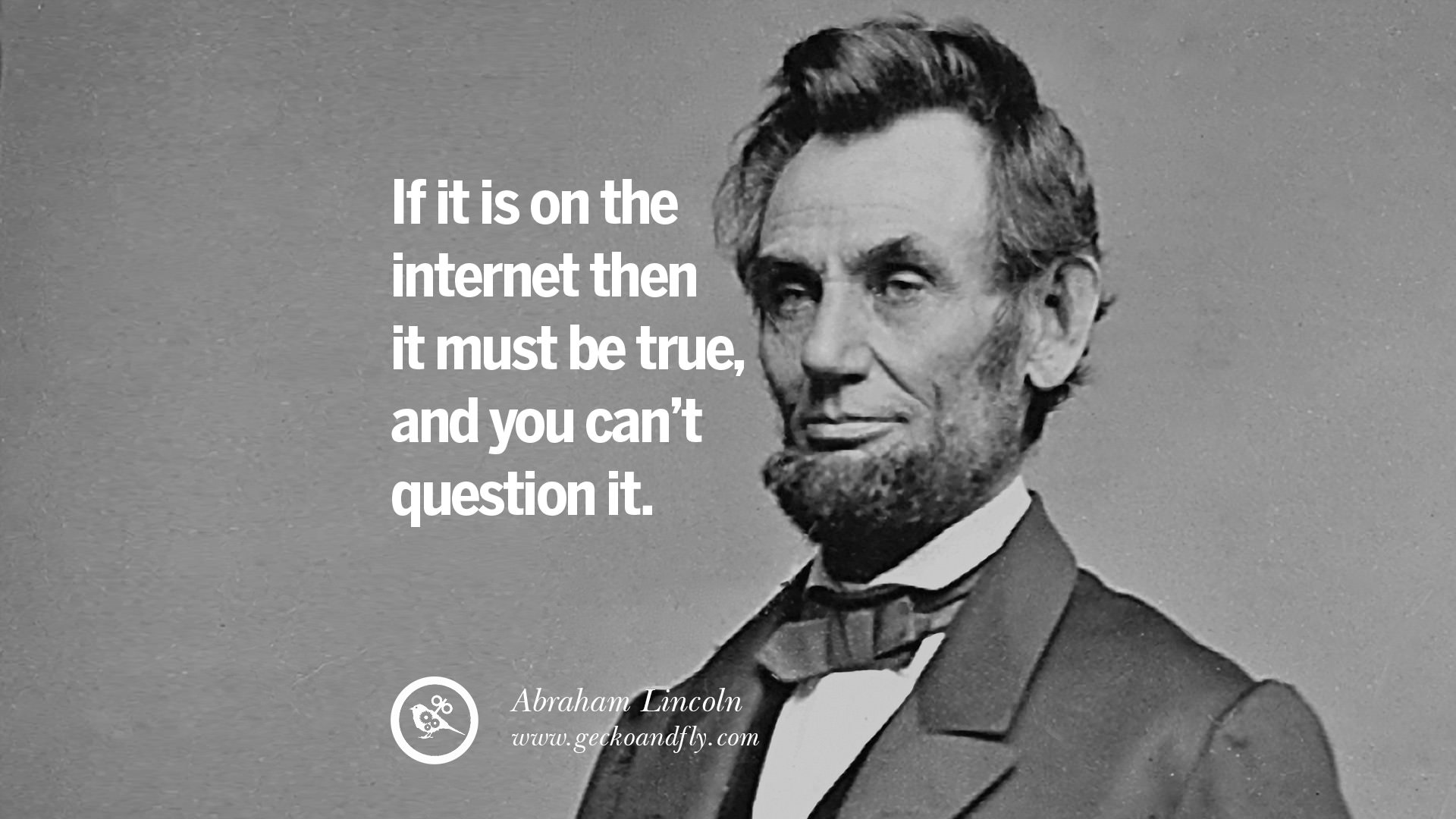The term "fake news" has been flung about a lot lately. What is it? How do we fight it? How do we teach our students to wade through it?
Fake news is just what the term implies - "news" that is untrue. As librarians, we exist to help other find accurate information. Because this is our truest purpose, Marcus Banks laments that "the recent explosion in unverified unsourced, and sometimes completely untrue news has been discouraging." And so librarians
Where does fake news even come from? As Banks explains, "the majority of US adults are getting their news from in real time from their social media feeds. These are often uncurated spaces in which falsehoods thrive." News that is intentionally 100% fake is less common, but still a real problem. Banks says "the news-savvy consumer is able to distinguish fact from opinion," but "growing evidence suggests these skills are becoming rarer." Simply put, it is easier and faster to Google answers and share Facebook posts that it is to look for the facts.
So how to we encourage our students to do the latter?
This viral infographic shows popular news sources and where they fall on the spectrum of bias, depth, and reliability. Simply posting this in your classrooms would give students a nudge to choose better sources for their inquiries.
TedED published an interactive video lesson about how false news can spread. The 3:42 minute video explains circular reporting with accompanying quiz and discussion questions. Using this exercise in class would help students at all levels understood the fake news phenomenon.
Here are some more resources:
- Fake News LibGuide from Indiana University Library
- 5 Ways Teachers are Fighting Fake News (NPR)
- Fake News Lesson Plan from KQED
- The News Literacy Project
- The Trust Project
Information literacy is as important as ever, perhaps even more so. As we fight fake news in our daily lives, information literacy becomes a vital skill for all 21st century learner.


No comments:
Post a Comment